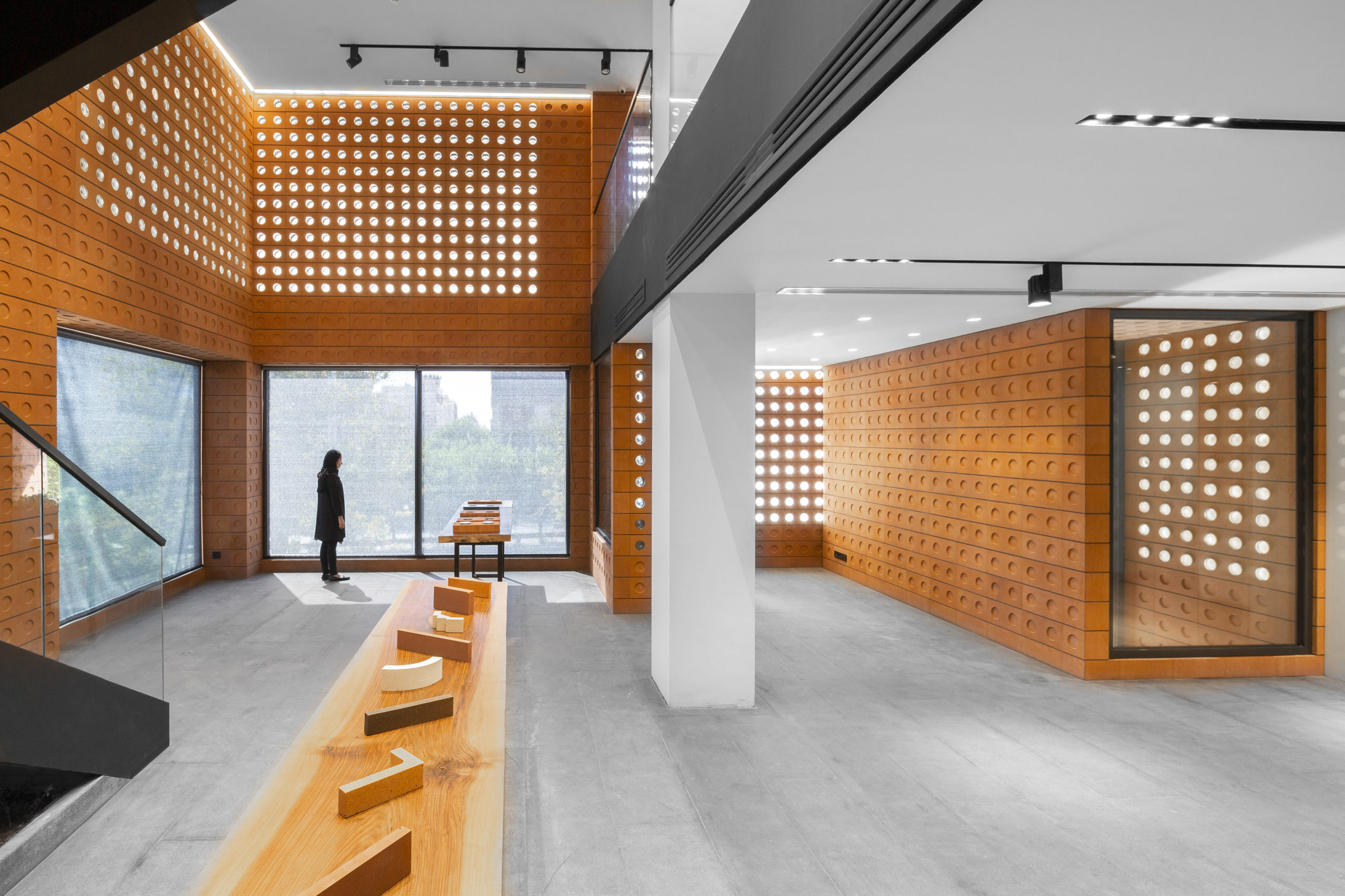Elevate Your Structure Design with the Proficiency of CDA Architects
Elevate Your Structure Design with the Proficiency of CDA Architects
Blog Article
The Influence of Technological Advancements on the Layout Practices of Contemporary Architects
The rapid development of technical tools has actually significantly reshaped the style landscape for contemporary designers, promoting extraordinary levels of advancement and sustainability. Discovering these dynamics discloses a nuanced interplay between modern technology and traditional design methodologies, motivating a closer assessment of what the future holds for building practices.
Development of Architectural Devices
Exactly how have building devices changed the style and construction processes over the centuries? The evolution of architectural tools has significantly impacted the efficiency, precision, and creative thinking of layout and building and construction.
With the arrival of the Renaissance, the intro of the compass and the protractor noted an essential shift. These devices enabled engineers to attain higher accuracy in their designs, facilitating the appearance of even more elaborate and proportionate structures. The Industrial Change better changed architectural exercise with the introduction of mechanical tools and materials, permitting for bigger and more ambitious tasks.
In the 20th century, the development of computer-aided style (CAD) software application changed the landscape once more, supplying architects with unprecedented capacities in modeling and visualization. Today, progressed devices such as Structure Info Modeling (BIM) and parametric design software program continue to press the limits of architectural advancement, enabling an extra integrated strategy to style and construction processes.
Boosted Cooperation in Layout
As technology remains to advance, boosted collaboration in design has ended up being a keystone of modern architectural method. The assimilation of digital tools such as Building Details Modeling (BIM), cloud-based systems, and advanced visualization software has changed the means architects, engineers, and stakeholders communicate throughout the style procedure. These devices facilitate real-time communication, allowing groups to share ideas, adjustments, and feedback quickly, regardless of geographical location.

Furthermore, interdisciplinary collaboration has been structured with these technical innovations, making it possible for architects to function extra closely with various other experts, such as urban organizers and environmental consultants. The outcome is a more natural method to create that takes into consideration various point of views and know-how. Ultimately, boosted partnership in layout is not simply a trend; it is essential for creating ingenious, useful, and aesthetically pleasing design in a progressively intricate world.

Sustainability Via Technology
Sustainability in architecture has significantly come to be linked with technical advancement, driving the market towards ecologically accountable methods. Contemporary engineers are leveraging innovative modern technologies to minimize environmental impact while improving the performance of buildings. cda architects. One noticeable instance is the use of Structure Information Modeling (BIM), which permits precise planning and resource allocation, reducing waste try here during construction and promoting power effectiveness throughout a structure's lifecycle
Additionally, smart products and energy-efficient my site systems are being incorporated right into styles to optimize resource use. Technologies such as solar batteries and eco-friendly roof harness renewable resource resources, adding to lowered carbon impacts. In addition, the application of fabricated knowledge in layout procedures enables engineers to simulate and analyze power consumption, assisting decisions towards more lasting end results.
The assimilation of sustainable technologies not just aligns with worldwide ecological goals however likewise fulfills a raising demand from consumers for green options. As architects welcome these developments, the emphasis shifts towards producing rooms that are not just aesthetically pleasing but likewise functionally lasting, consequently redefining the standards of modern-day architecture. This way, innovation offers as a driver for sustainability, making it possible for designers to make buildings that regard and enhance the natural surroundings.
Challenges in Execution
While technological improvements in style hold terrific promise for improving sustainability, their execution frequently comes across significant difficulties. One main barrier is the steep discovering contour connected with new innovations. Architects and building experts might require comprehensive training to successfully make use of advanced software and devices, which can postpone job timelines and increase prices.
In addition, the combination of emerging technologies, such as Structure Details Modeling (BIM) and lasting products, frequently requires partnership throughout multidisciplinary groups. This partnership can be hindered by differences in proficiency, operations, and interaction styles, leading to possible disputes and inefficiencies.

Additionally, governing frameworks and building codes may not equal technical developments, developing ambiguity and potential conformity concerns. This challenge can discourage designers from completely welcoming new innovations, as the Recommended Site danger of non-compliance may exceed the advantages. Addressing these application challenges is important for the effective integration of technical improvements in contemporary architectural practices.
Future Fads in Architecture
The challenges connected with the execution of brand-new innovations in style have actually prompted a reevaluation of future patterns within the market - cda architects. As engineers navigate issues such as sustainability, urbanization, and social equity, they are increasingly taking on innovative modern technologies to boost style effectiveness and environmental efficiency
One famous trend is the integration of fabricated intelligence (AI) in the design process. AI tools can examine huge datasets to educate layout choices, enhancing both creativity and capability. Structure Details Modeling (BIM) proceeds to advance, making it possible for real-time partnership amongst stakeholders and assisting in streamlined project monitoring.
Sustainable style methods are likewise getting momentum, with designers concentrating on flexible reuse and regenerative design principles that lessen resource intake and waste. The incorporation of smart materials and renewable power resources will even more enhance the strength of structures when faced with environment change.
Furthermore, the surge of parametric design permits more customized and context-sensitive architectural remedies (cda architects). By taking advantage of these improvements, architects are positioned to produce built settings that not only resolve the immediate needs of society however additionally prepare for future challenges, thus redefining the function of style in an ever-changing world
Final Thought
Technical improvements have dramatically reshaped building layout methods, helping with enhanced accuracy, cooperation, and sustainability. The combination of tools such as Structure Details Modeling and parametric layout software application, alongside artificial knowledge and smart materials, equips designers to resolve intricate challenges more efficiently.
Report this page